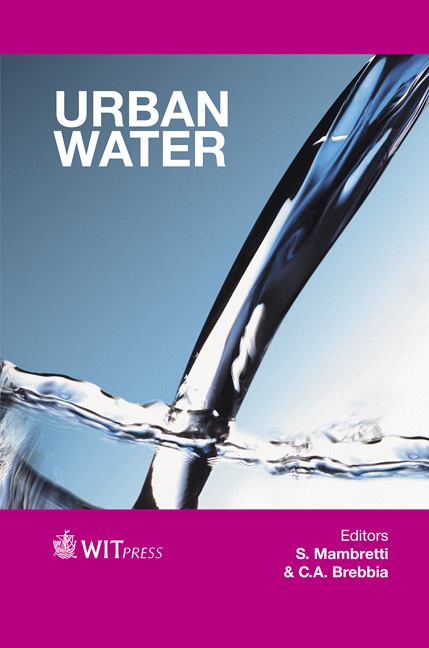Optimal Control Of Combined Sewer Systems Using SWMM 5.0
Price
Free (open access)
Transaction
Volume
122
Pages
10
Published
2012
Size
392 kb
Paper DOI
10.2495/UW120081
Copyright
WIT Press
Author(s)
U. S. Rathnayake & T. T. Tanyimboh
Abstract
Optimal control of combined sewer systems using SWMM 5.0 U. S. Rathnayake & T. T. Tanyimboh Department of Civil Engineering, University of Strathclyde, Glasgow, UK Abstract Combined sewer networks carry wastewater and stormwater together. Capacity limitation of these sewer networks results in combined sewer overflows (CSOs) during high-intensity storms. Untreated CSOs when directly discharged to the nearby natural water bodies cause many environmental problems. Controlling urban wastewater systems is one possible way of addressing the environmental issues from CSOs. However, controlling urban sewer systems optimally is still a challenge, when considering the receiving water quality effects. In this study, a multi-objective optimization approach was formulated considering the pollution load to the receiving water from CSOs and the cost of the wastewater treatment. The optimization model was tested using an interceptor sewer system. The results demonstrate the benefits of the multi-objective optimization approach and its potential to establish the key properties of a range of control strategies through an analysis of the various tradeoffs involved. Keywords: combined sewer overflows, effluent quality index, evolutionary computing, genetic algorithm, multi-objective optimization, combined sewer systems.
Keywords
combined sewer overflows, effluent quality index, evolutionary computing, genetic algorithm, multi-objective optimization, combined sewer systems.





